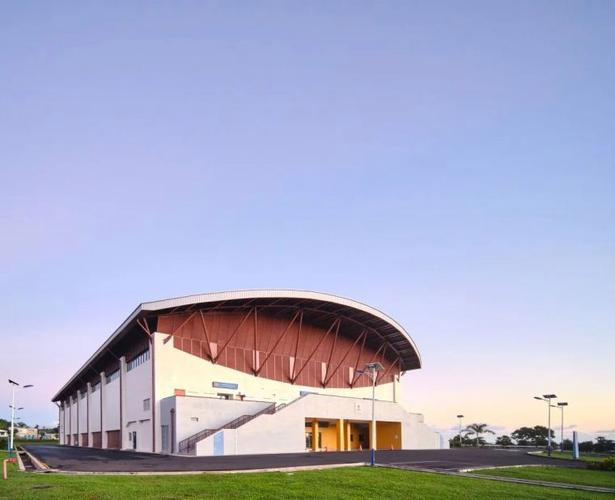SWOT Analysis for Sports Club Architecture
SWOT Analysis for Sports Club Architecture
- Modern Design and Innovation: Cuttingedge architectural designs can attract more members and events.
- Enhanced User Experience: Thoughtfully designed facilities can improve user satisfaction and retention.
- Energy Efficiency: Sustainable architecture can reduce operational costs through energysaving measures.

- Brand Image: A welldesigned sports club can enhance the brand's prestige and visibility.
- Multifunctional Spaces: Flexibility in design can accommodate various sports and community events.
- High Initial Costs: Advanced architectural designs and sustainable materials can significantly increase initial investment costs.
- Maintenance Complexity: Innovative structures may require specialized maintenance, adding to operational costs.
- Regulatory Challenges: Meeting building codes and regulations for sports facilities can be complicated and timeconsuming.
- Space Constraints: Urban locations might limit available space for expansive sports club designs.
- Specialized Expertise Required: Designing sports facilities requires architects with specific expertise, potentially limiting the pool of available professionals.
- Growing Fitness Trends: Increasing interest in health and fitness can drive demand for sports club memberships.
- Technological Integration: Incorporating smart technologies can enhance the functionality and appeal of the facility.
- Government Support: Potential funding and incentives for promoting health and sports can support new projects.
- Community Engagement: Offering versatile spaces for community events can strengthen local ties and increase club membership.
- Expansion Possibilities: Successful sports clubs can replicate their architectural model in other locations or cities.
- Economic Downturns: Economic instability can reduce discretionary spending on sports club memberships.
- Competition: Increased competition from other sports facilities or fitness centers can impact market share.
- Changing Regulations: New building codes or health and safety regulations can impact existing and planned structures.
- Technological Obsolescence: Rapid advancements in technology may render certain architectural features outdated quickly.
- Environmental Concerns: Potential environmental impacts and sustainability issues may arise, affecting public perception and regulatory compliance.

